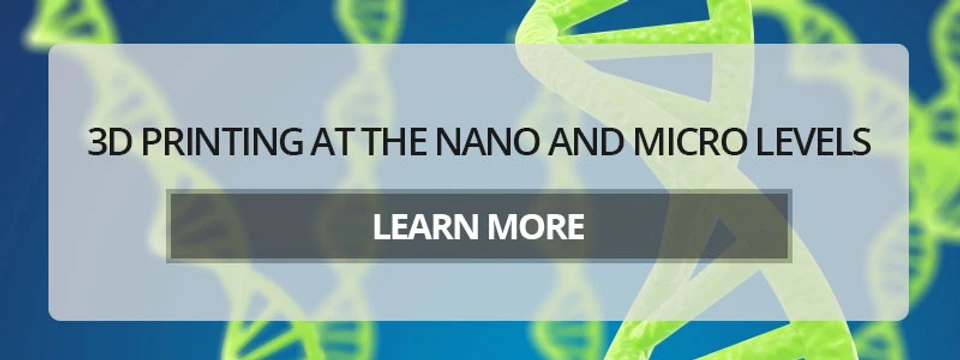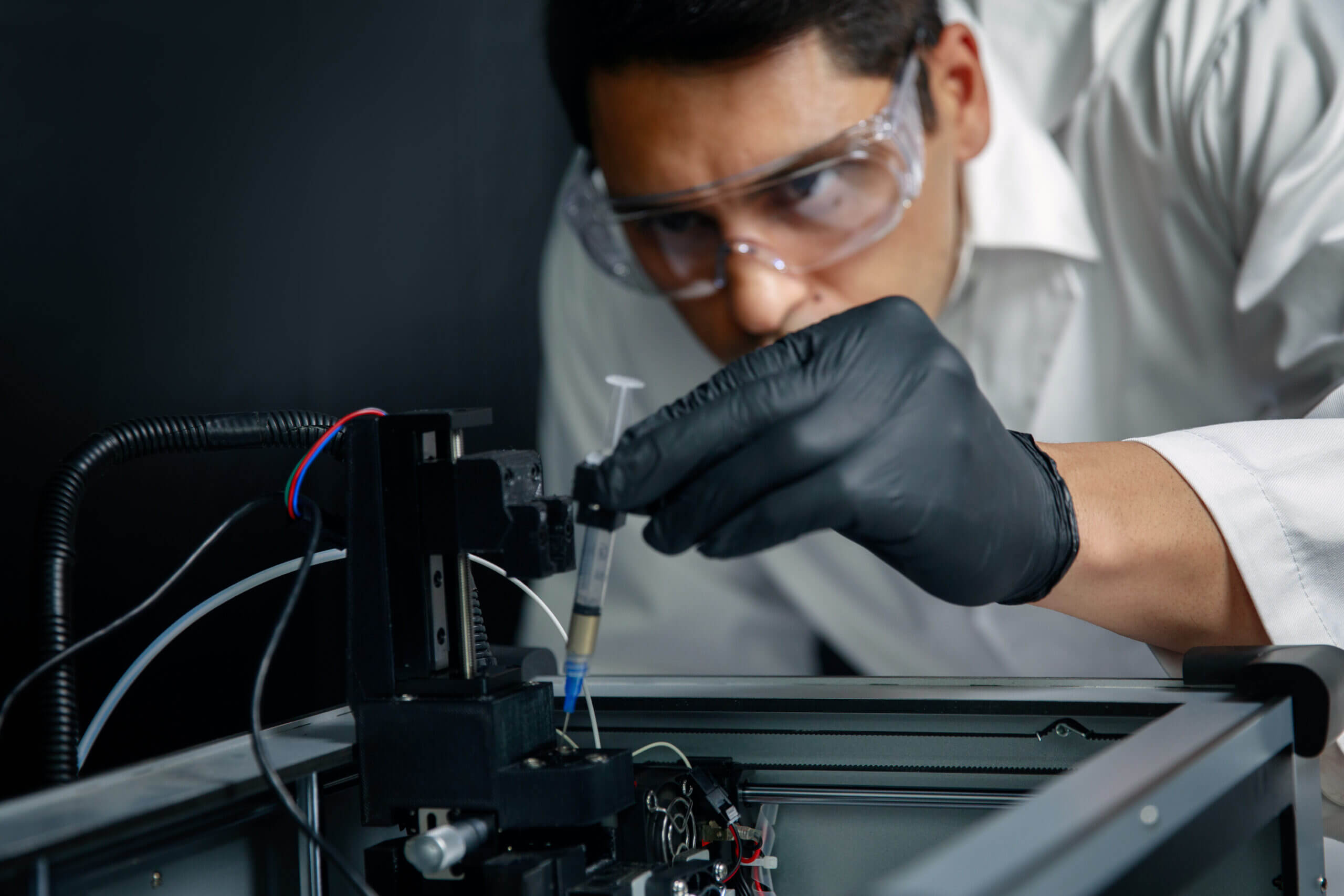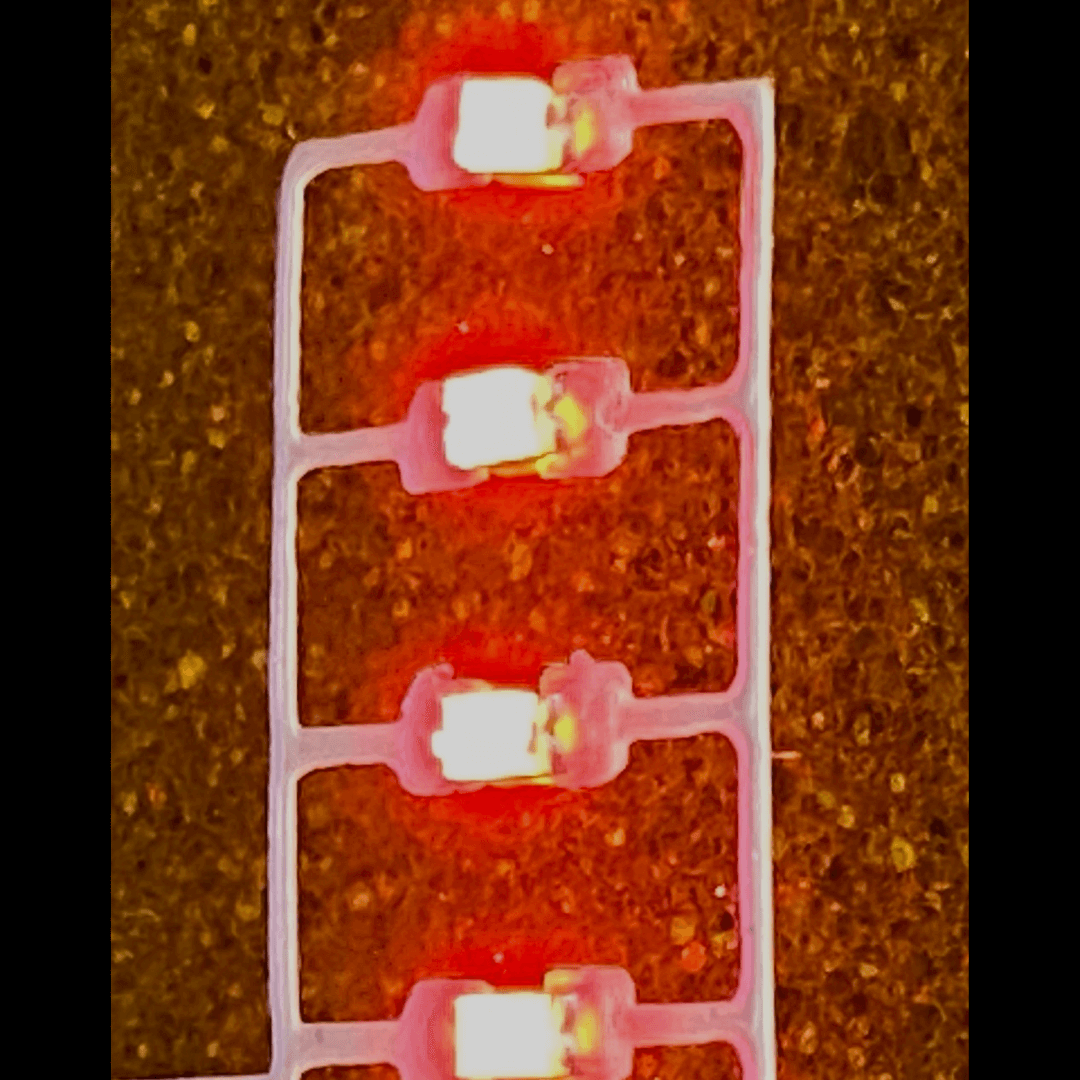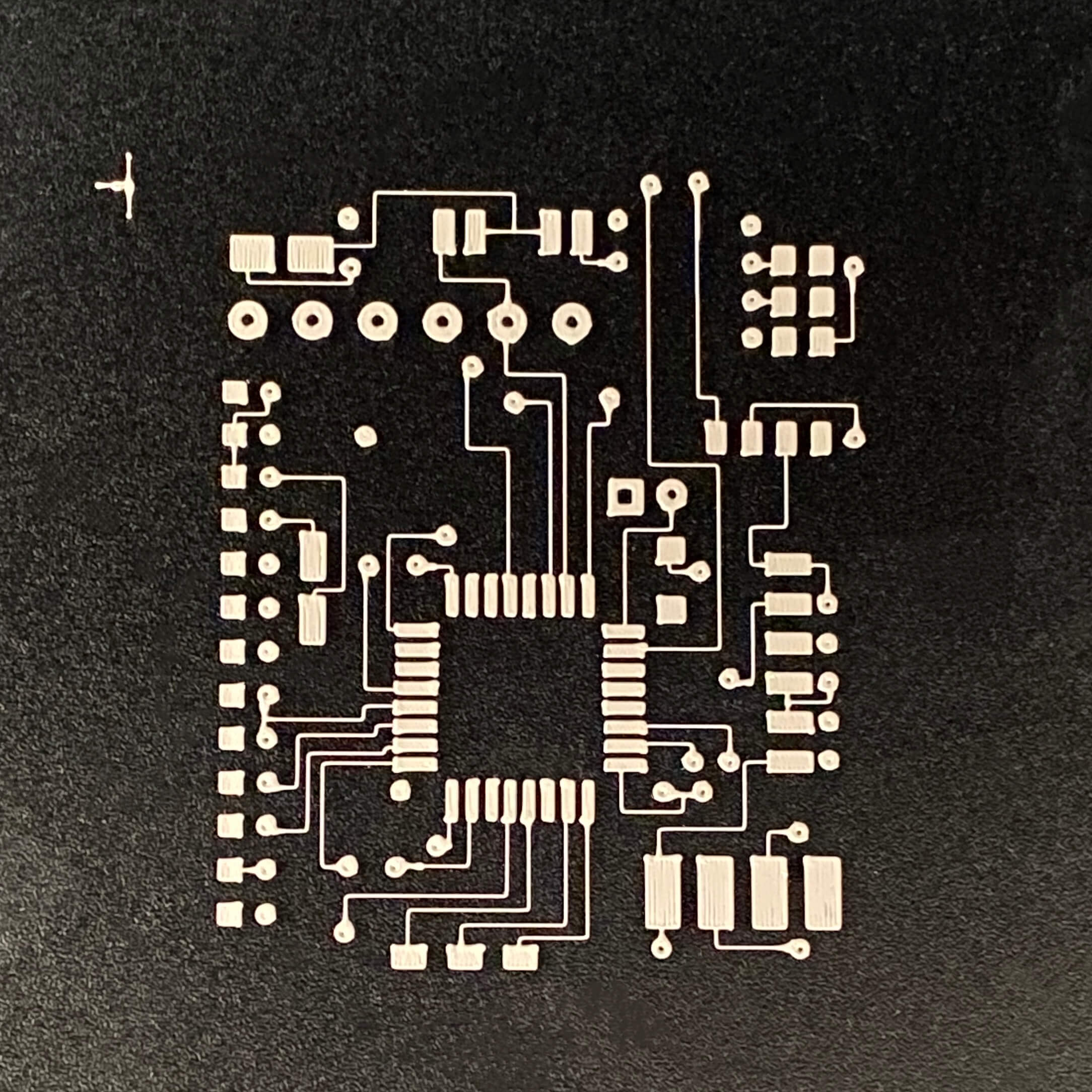There have been more than a few interesting 3D printed objects printed by people all around the world. The field of 3D printing touches many different fields: biology, electronics, engineering, and physics just to name a few. But 3D printing is becoming increasingly relevant in pop culture as well. At Nano3Dprint, we have a passion for printed electronics within the realm of 3D printed technology. Our 3D printing of functional inks has been a game changer of sorts. With our revolutionary ability to rapidly prototype, complete electronic devices can be printed by our customers in a matter of minutes. All that is missing is batteries, and with any luck we will be able to 3D print those types of objects very shortly!
Costs
3D printing costs has long been a deterrent to most of the public when it concerns printing commonplace household objects. But as the costs go down, the more often 3D printed objects can be found in people’s homes across the world. Today’s post will depart from our series about bioprinting and biomedical advances in order to have some fun. Today we will be looking at some of the stranger objects people have managed to 3D print. Fair warning; some of these objects are pretty off the wall. But hey, that’s what makes it fun!
Guns
We will start with a concept that probably isn’t novel to most of our readers. They look more like toys than weapons, which is a bit alarming. In 2012, Cody Wilson, of the University of Texas’ law school program, announced his plan to print a gun via the founding of a nonprofit organization called Defense Distributed. This NPO was needed to manufacture the weapon and distribute the plans. Wilson and his team achieved their dream, successfully testing the “Liberator” out on a firing range in Texas. Save for the metallic firing pin, the entire gun is made from plastic pieces that were birthed from a 3D printer.

Meat
Okay maybe that first one isn’t weird in its essence (after all, there are more than a few guns in existence), but perhaps it is the concept of printing a firearm itself that is so abstract. This next one is weird, as promised. The company Modern Meadow has harnessed 3D printing technologies for the express purpose of 3D printing specialized tissue replicas that turn into meat. Reminds us of the “replicators” from a certain popular space exploration television and movie series…At least the characters on the show seemed to enjoy the food. We might wait a few more decades before trying it though.
Stem Cells
As we mentioned earlier in this post, we’ve devoted an entire series to bioprinting and its current and future uses. But briefly, stem cells are extracted from actual humans who need to undergo some sort of procedure involving an organ transplant, beit bladder, skin, liver, or whatever the case may be. Uniform droplets of living stem cells are combined with a gel-like, nutrient rich solution which cultivates cell growth. As the stem cell solution is being printed, a structure is put in place for the cells to grow around, essentially telling the cells where to go in order to formulate the desired organ. Although mostly experimental at this stage, the progress of bioprinting is encouraging.
Burritos
Yes, that is correct. There exists a 3D printer which is specifically designed to take user input to 3D print burritos. I mean we get it, you can print a fully-functional human bladder, but that pales in comparison to enjoying this Mexican and American delicacy, right? The BurritoBot, as it was coined, was made by NYU student Marko Manriquez. Congrats Marko, what a beautiful application of a wonderful technology.

Sex Toys
Okay, we are getting into the nitty gritty now. Given the customization functionality that comes with 3D printing technology, the unholy matrimony of sex toys and 3D printing stands to reason. Any toy your mind could conjure up could be created. Hey, if there’s a market for it….
Violin
This is better, we like this 3D printer use. DIY violin-constructor Alex Davies employed 3D printing technique to make a plastic form for the violin’s body. Interestingly enough, they turned it into a paper-mache project, by covering the form in glue and newspaper. A bit of cardboa
Bionic Ear
A Princeton University research team has created a bionic ear, made from calf cells of all things. Also included in the list of ingredients it took to 3D print a functional ear are a polymer gel and silver nanoparticles. Amazingly, the bionic ear can pick up radio signals beyond the range of normal human hearing. The process to make the ear is as involved as it is intriguing. Researchers printed the gel, layer by layer, into an ear-shaped mould. The cultured calf cells are then placed onto a structured matrix (again, telling the cells where to go and what to make). Next is the crazy part. An infusion of silver nanoparticles makes an antenna of sorts, designated for catching radio signals. This technology not only has to be able to pick up those signals, but also interact with the cochlea, the part of the inner which which converts sound into brain signals. This combination of printable electronics and bioprinting is very, very exciting to us at Nano3Dprint.
If you are interested in learning more about printable electronics, bioprinting, and other 3D printer uses, check out our 3D printers today!




